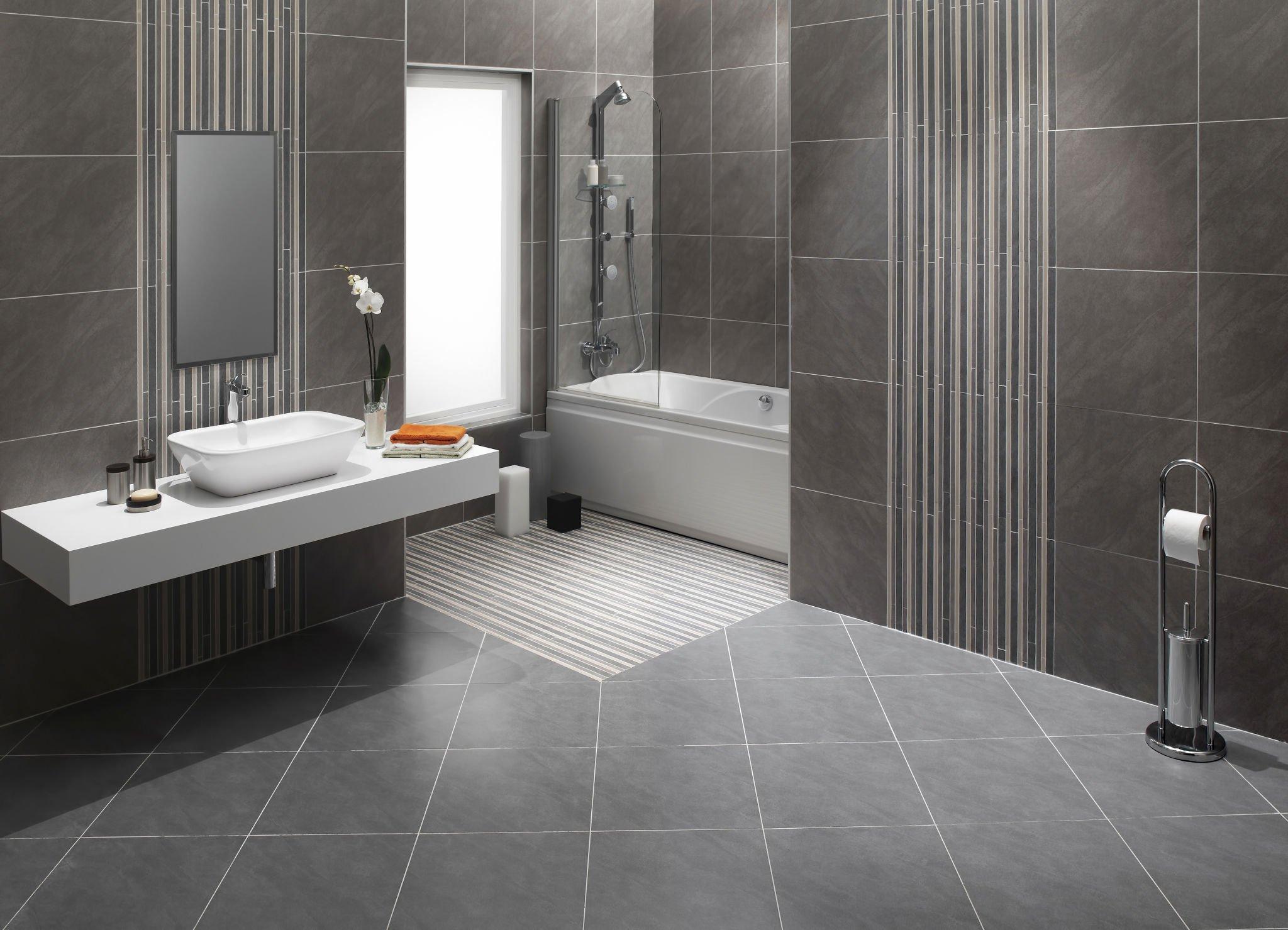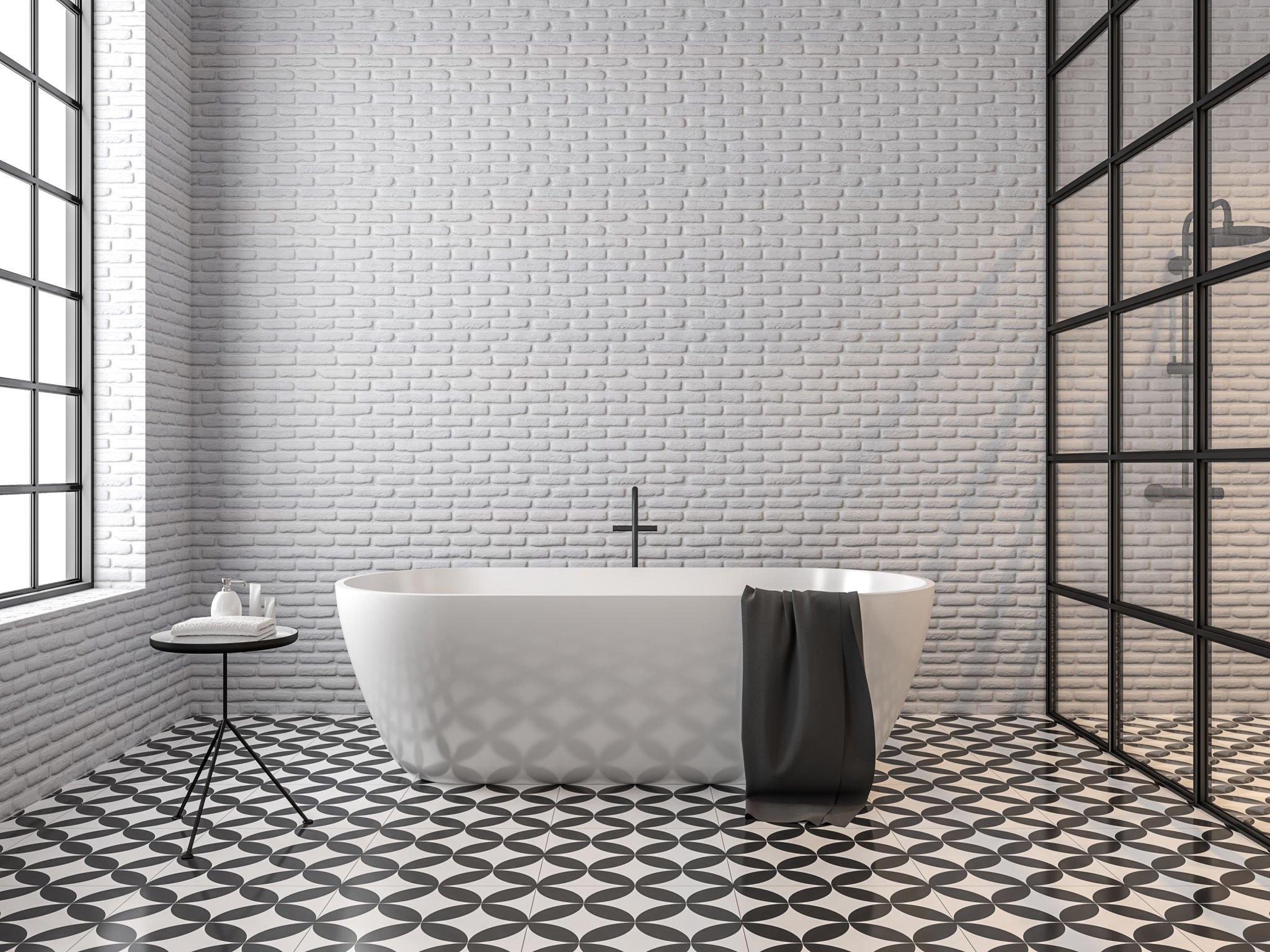When you embark on the exciting journey of bathroom remodelling, there’s a multitude of decisions to make, from selecting fixtures to choosing colour schemes.
Among these choices, one often underestimated yet incredibly influential aspect is the new flooring for your bathroom.
The floor you select can make or break the entire design, setting the tone for the space. In this article, we’ll explore the profound impact of bathroom flooring on design and help you make an informed decision that elevates your bathroom’s aesthetic, comfort, and functionality.

The Foundation of Design
Imagine the bathroom as a canvas, and the flooring as the base layer of paint. Just as an artist carefully selects the foundation color for their masterpiece, your choice sets the tone for the entire design.
It influences the colours, patterns, and styles that will complement it, creating a cohesive visual experience.
Style and Aesthetics
The style of your bathroom flooring plays a pivotal role in the overall aesthetic. Whether you opt for classic, vintage tiles that exude a timeless charm, sleek and modern ceramic for a minimalist look, or rustic hardwood for a warm, cosy ambiance, your flooring sets the stage for the rest of your design choices.
For a spa-like, tranquil atmosphere, consider natural stone tiles in soft, earthy tones. These evoke a sense of serenity and work well with pale walls and natural wood accents.
On the other hand, glossy porcelain or marble tiles can create a luxurious, high-end look that pairs beautifully with elegant fixtures and lighting.
Read also: Choosing the Right Kitchen Appliances for Ergonomics
Colour Coordination
The colour of your bathroom flooring significantly influences the mood and ambiance of the space.
Light, neutral tones like soft greys, cool whites, or beige create an open and airy feel, making smaller bathrooms appear more spacious. These shades are versatile and can complement various design styles.
Conversely, dark and bold flooring, such as deep blues, rich browns, or striking blacks, can add drama and create a sense of cosiness.
They work well in larger bathrooms and can make a statement when paired with contrasting fixtures and décor.
Patterns and Textures
The patterns and textures of your bathroom flooring can transform a mundane space into a design masterpiece.
From intricate mosaic tiles to herringbone hardwood patterns, your choice can add a layer of visual interest and texture to the room.
For a timeless and elegant look, consider classic marble or subway tiles. Their clean lines and understated patterns can provide a sophisticated backdrop for other design elements.
On the other hand, geometric patterns or mosaic designs can add an artistic flair, making your bathroom a unique and visually stimulating space.
Functionality and Comfort
While aesthetics are essential, bathroom flooring should also cater to practicality and comfort. Bathrooms are high-traffic areas that are exposed to moisture and require durability.
The choice of material can impact these aspects significantly.
Ceramic and porcelain tiles are popular choices due to their water resistance and durability. They are easy to clean and maintain, making them practical for busy households.
For added warmth and comfort, you might opt for radiant floor heating systems, particularly if you choose tiles or stone, ensuring a cosy underfoot experience during chilly mornings.

Budget Considerations
Your budget plays a vital role in your flooring choices. Fortunately, there are excellent options available in various price ranges. While natural stone and hardwood may be more expensive, modern laminate or luxury vinyl flooring can mimic the look of these materials at a fraction of the cost.
It’s important to remember that the long-term cost of maintenance and replacement should also be considered. Cheaper materials may require more frequent upkeep and may need replacement sooner, potentially negating initial cost savings.



